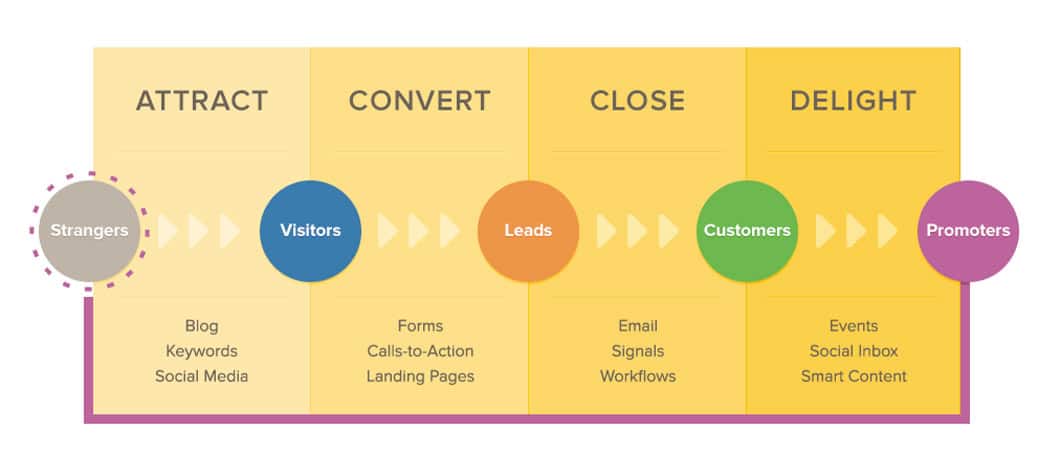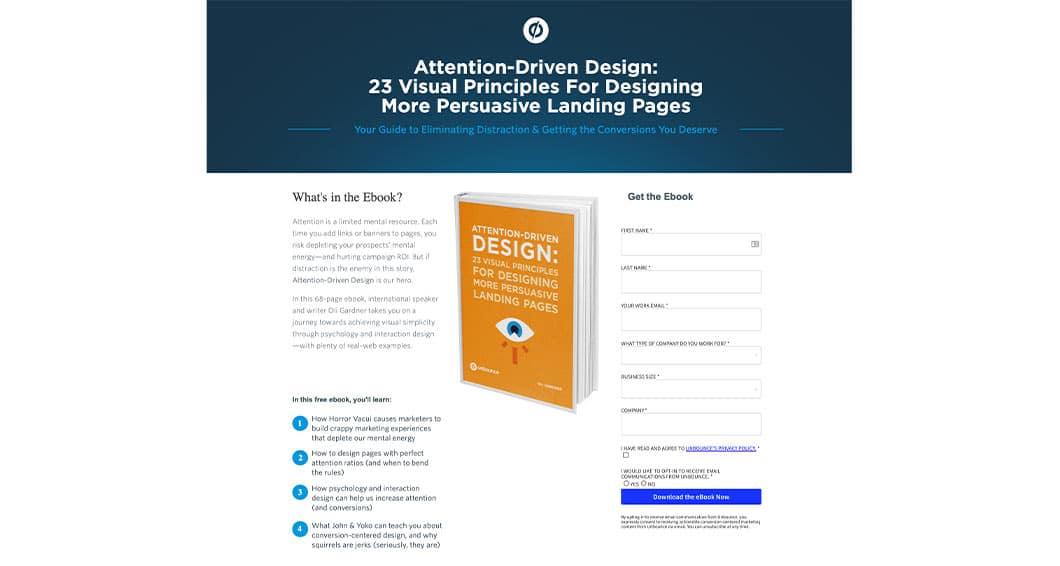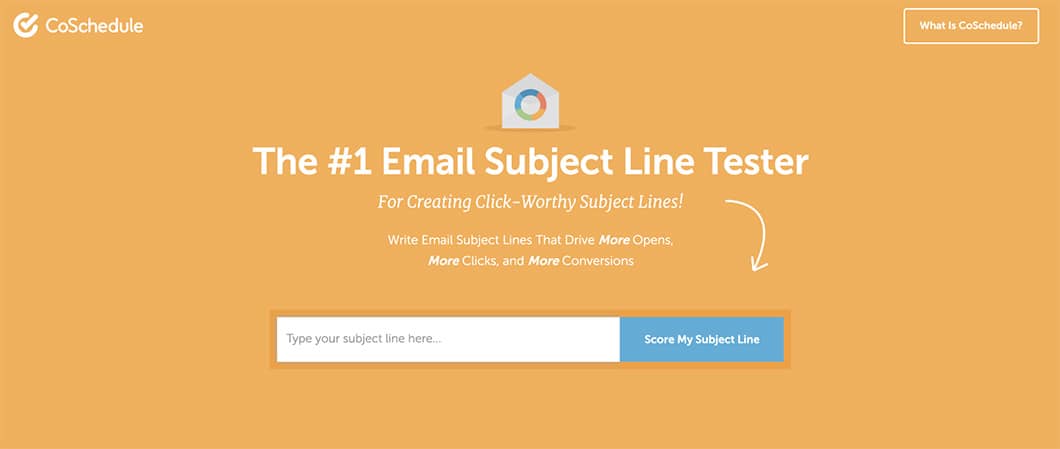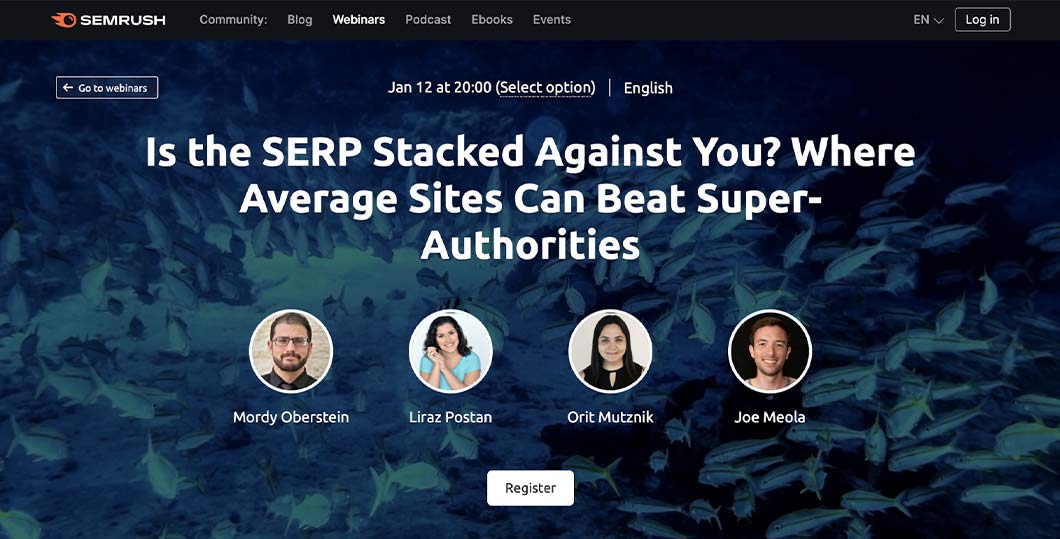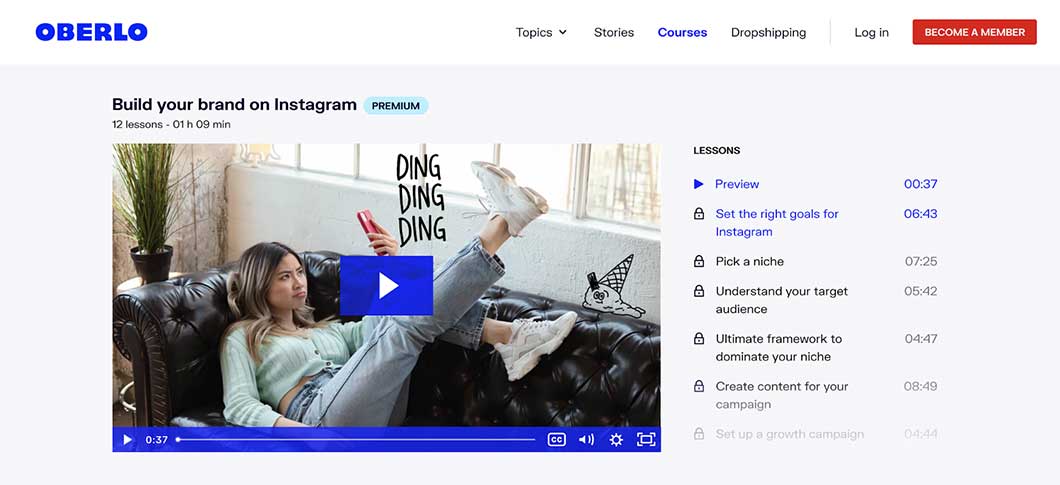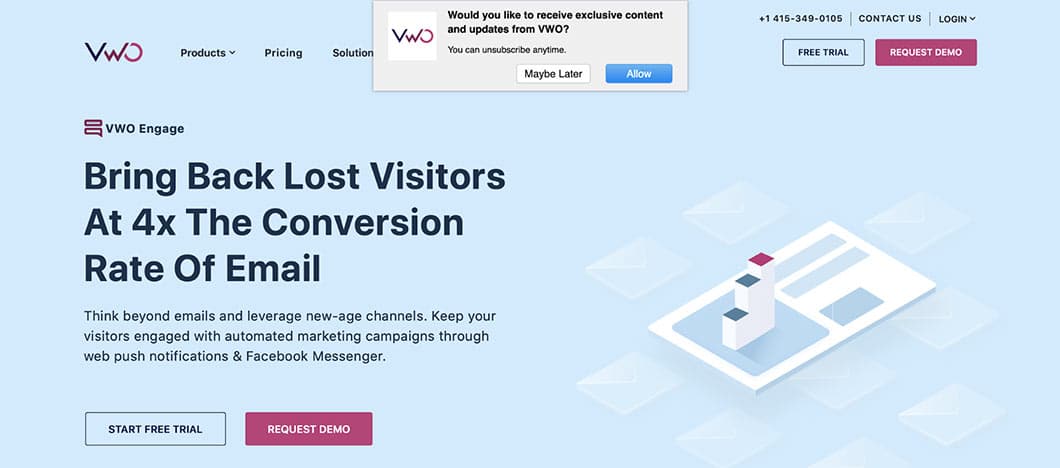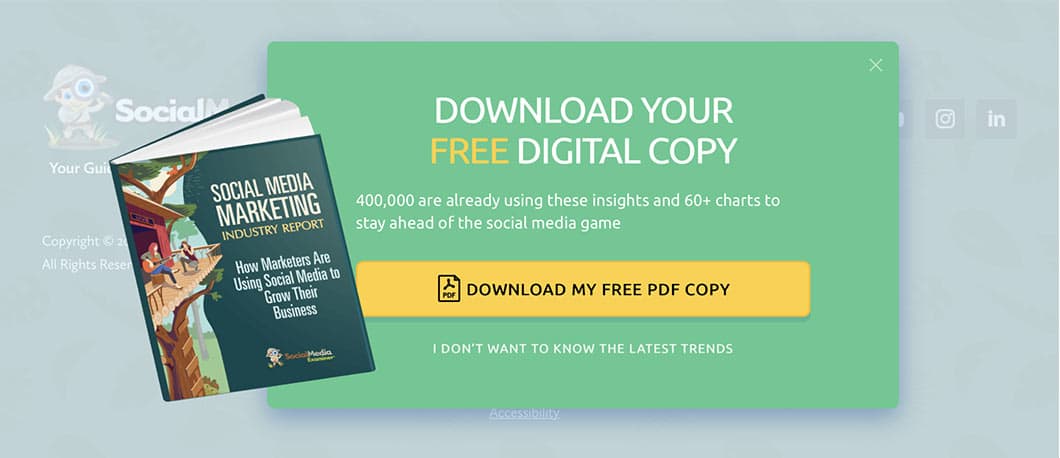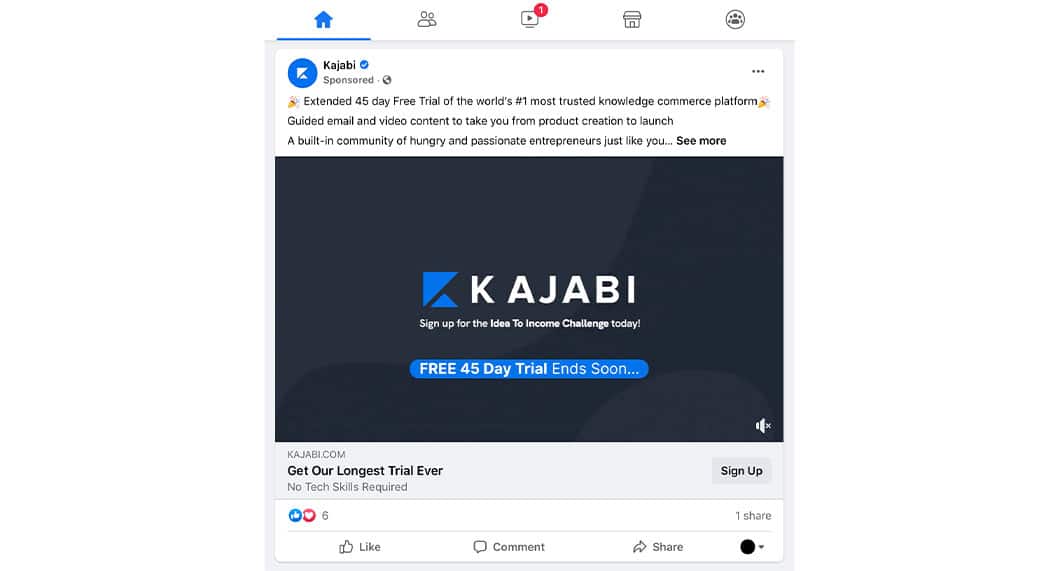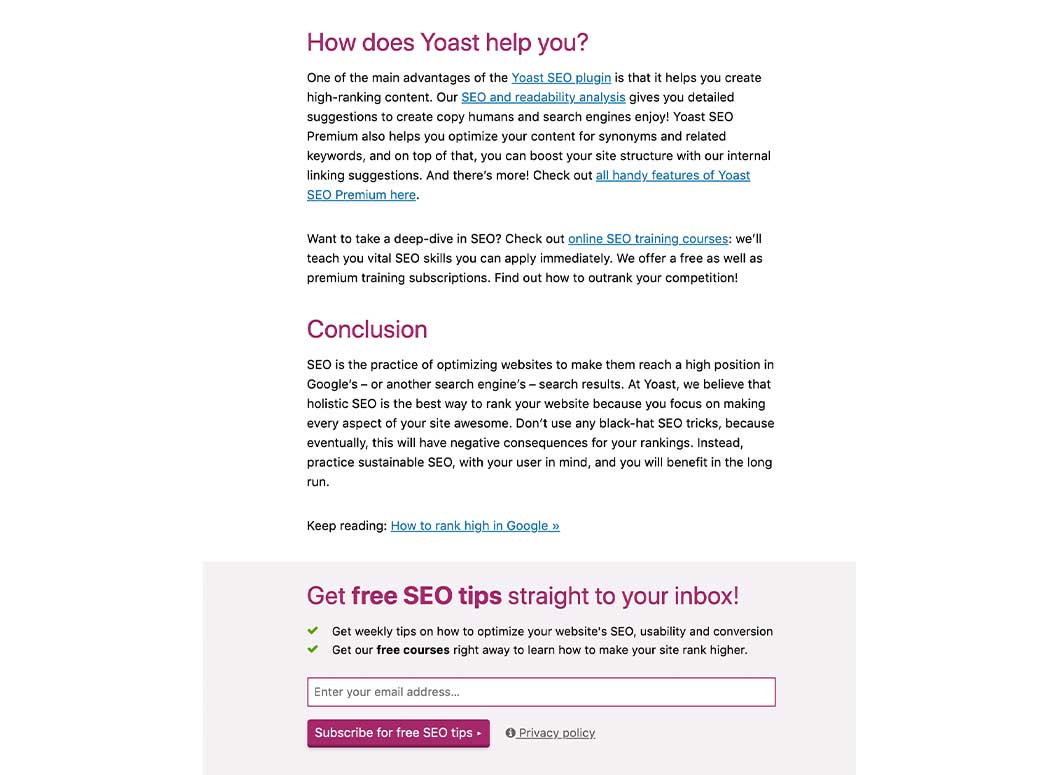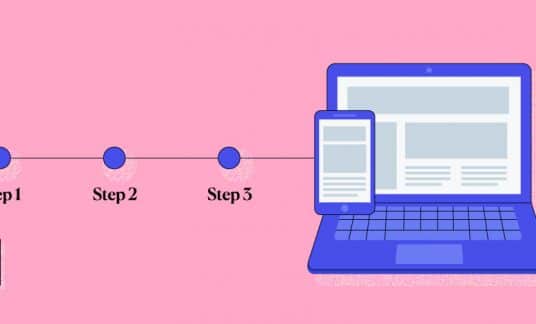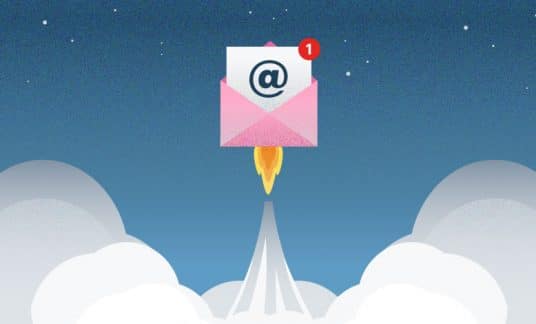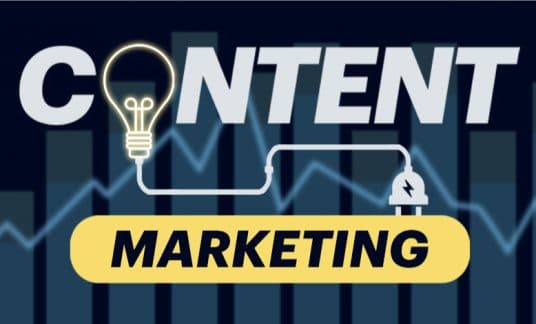Effective lead generation is crucial to business success.
Simply put, without leads, there can be no sales — and without sales, there’s no business. So, one way or another, every company must learn how to generate leads effectively.
But what is lead generation and how can you generate small business leads?
In this article, we’ll explain the meaning of lead generation, showcase 10 ways to generate leads and take a look at 6 examples of lead-generation strategies from top companies.
What Is Lead Generation in Marketing?
Lead generation is the process of attracting prospective customers and converting them into people who have indicated an interest in your business offer. Common lead-generation strategies include pay-per-click advertising (PPC), search engine optimization (SEO) and referral programs.
To better understand how to generate leads, let’s take a look at how the process works in the context of the 4 key stages of the marketing funnel:
- Attract prospective customers with various marketing methods.
- Convert prospects into leads by confirming they’re interested in your offer.
- Close the sale by compelling leads to make a purchase.
- Delight customers, so they become brand promoters.
The image below from HubSpot helps to illustrate these steps from the perspective of the customer:
Lead generation happens in the second stage of the marketing funnel and is a crucial step in the buyer’s journey. This stage aims to compel prospects to take an action that indicates their interest in your business’s product or service.
How to Generate Leads: A Lead-Generation Example
Now that you understand how lead generation fits into the marketing funnel, let’s explore how to generate leads with a hypothetical lead-generation example:
- First, a prospect discovers your business via one of your marketing methods, such as Facebook Ads or SEO.
- Next, the prospect clicks through to your website, learns about your business and sees a call to action (CTA) promoting a free offer called a “lead magnet,” such as an ebook or a free product trial.
- The prospect then clicks the CTA and visits a landing page designed to capture their contact information in exchange for the free offer.
- Finally, the prospect fills out a form and submits their contact details in exchange for the offer, transitioning from a prospect to a lead.
10 Effective Lead-Generation Ideas
Now that we’ve covered what lead generation is and how it works, here are 10 practical lead-generation ideas — along with plenty of lead-generation examples.
1. Content Downloads
For most businesses, the classic lead magnet is a piece of free content offered in exchange for contact details, such as:
- Ebooks
- Design templates
- Script templates
- Checklists
- Case studies
- Infographics
- White papers
For example, the landing page provider Unbounce promotes an ebook about landing page design to compel website visitors to convert into leads.
2. Product Trials
Perhaps the most popular way for subscription-based products and services to convert prospects into leads is to promote a free trial.
Customer relationship management (CRM) company HubSpot promotes a free 14-day trial of their core product across its entire website to generate new leads.
3. Free Tools
Alternatively, you can offer a free tool, product or service to entice prospects to convert into leads and move further down the marketing funnel.
Content and social media marketing management tool CoSchedule offers a few free tools to generate leads, such as the Email Subject Line Tester.
4. Live Chat
Another way to capture website visitor contact details is to offer live chat on your website using a chatbot. This is a great way to personalize website visitor engagement.
CRM provider Salesforce uses a chatbot on its website for customer service and to capture new leads.
5. Webinars
Webinars are a great way to provide free value to prospects while also engaging them and building rapport.
The digital marketing software-as-a-service (SaaS) company SEMrush regularly puts on webinars featuring industry authorities. Prospects must submit their contact details to join the webinar.
6. Free Online Courses
This lead-generation idea is essentially an extension of the static content offers usually used, such as ebooks.
Video and email courses are a great way to provide more value — and so, promote a more compelling offer to prospects.
Dropshipping SaaS provider Oberlo offers various free marketing and ecommerce courses designed to convert prospects into leads.
7. Web-Push Notifications
Another way to capture leads is to use browser and web-push notifications.
To many, opting for push notifications can feel like a smaller commitment than providing an email address. However, this lead-generation tactic still gives you a way to convert and nurture leads.
VWO Engage uses web-push notifications to ask website visitors if they’d like to sign up to receive “exclusive content and updates.”
8. Website Pop-Ups
Similarly, you can also use pop-ups for retargeting website visitors and prompting them to sign up.
It should go without saying that pop-ups aren’t the most loved of marketing tactics. Use them sparingly and ensure that your pop-ups deliver value for the visitor.
In the example below, Social Media Examiner displays a pop-up to website visitors when they’re about to leave the website.
9. Direct Outreach
Similarly, you can employ direct outreach for small business lead generation, which is exactly what it sounds like: reaching out to prospects directly to convert them into leads.
The key to this strategy is to personalize your messages and make it clear to the recipient what’s in it for them.
Lead-generation programs such as LinkedIn Sales Navigator are specifically designed to help.
10. Quizzes
Quizzes are another way to capture prospect contact information. Plus, this highly engaging strategy can be used to gather information to qualify leads.
Here’s an example from info-marketer Ramit Sethi:
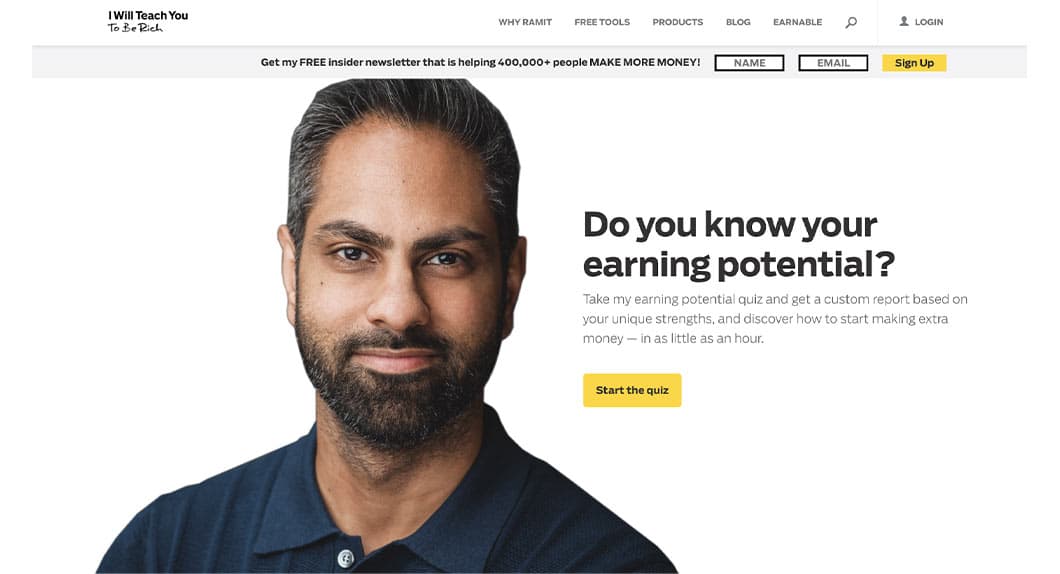
6 Examples of Lead-Generation Strategies
Now that you have some specific ideas on how to convert prospects into leads, let’s explore how to put them to use.
Here are 6 examples of lead-generation strategies from top companies.
1. Paid Advertising Channels and Retargeting
PPC advertising methods are well-suited to online lead generation.
For example, you could run Google Display Ads, create highly targeted Facebook Ads or target B2B professionals with LinkedIn Ads designed to drive prospects to your lead magnet.
In the example below, SaaS company Kajabi promotes its free trial in a Facebook Ad to generate leads.
2. Content Marketing
Content marketing is the process of creating and promoting content (such as blog posts, videos, podcasts, etc.) to engage and convert your target market into leads and customers.
Content marketing makes it simple to compel prospects to convert into leads as you’re able to tailor every aspect of your content to a CTA.
For example, the blog post “What is SEO” from SEO tool Yoast ends with an introduction to the company and a CTA designed to convert prospects into leads.
3. Social Media Marketing
Social media marketing is a way to generate attention and interest by engaging with prospects on platforms such as Facebook, LinkedIn and Twitter.
Most major social media platforms make it easy for you to promote your lead magnets, whether in posts, comments or your profile bio.
Communication SaaS company Slack often promotes its product features and content on Twitter to drive traffic to its website. Once visitors arrive on Slack’s website, they’re met with promotions for the service’s free trial.
4. Email Marketing
Email marketing is typically used as a way to nurture leads. However, you can use your existing mailing list to quickly and easily generate leads for a new product or service.
Here’s an excellent example from the email marketing SaaS business Mailchimp.
5. Referral Programs
Referral programs are an incredible lead-generation tactic. All you need to do is incentivize existing customers to promote your product or service to people in their network.
Customers are rewarded when one of their contacts makes a purchase. So, they’re likely to promote your company to high-quality prospects with a good chance of converting into leads.
For example, the cloud-storage company Dropbox offers existing customers up to 16 gigabytes of free storage when their friends install the software.
6. Affiliate Marketing Programs
Affiliate marketing programs are much like referral programs. The key difference is that referral programs are geared toward customers, and affiliate marketing programs are directed at third-party marketers, influencers and blogs.
The deal is simple: These third-parties generate new leads (or customers) for your business in exchange for a fee or commission.
The ecommerce platform Shopify runs an affiliate program that pays affiliates an average of $58 for each referral who signs up for a paid plan.

Fill Your Sales Pipeline With Small Business Leads
Lead generation is the process a business uses to attract prospective customers and compel them to indicate a genuine interest in the product or service offering.
It’s easy to understand why lead generation is important — after all, there can be no sales without leads.
In summary, here are 10 lead-generation ideas that you can use to grow your business:
- Product trials
- Content downloads
- Free tools
- Live chat
- Webinars
- Free online courses
- Web push notifications
- Website pop-ups
- Direct outreach
- Events
Although there are numerous small business lead-generation techniques that you could use, ultimately it’s best to run tests and figure out which ones work best for your business.




